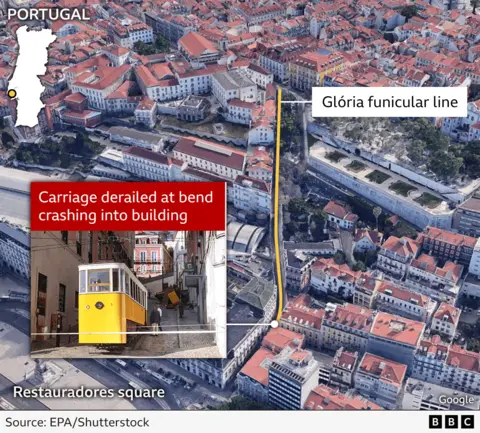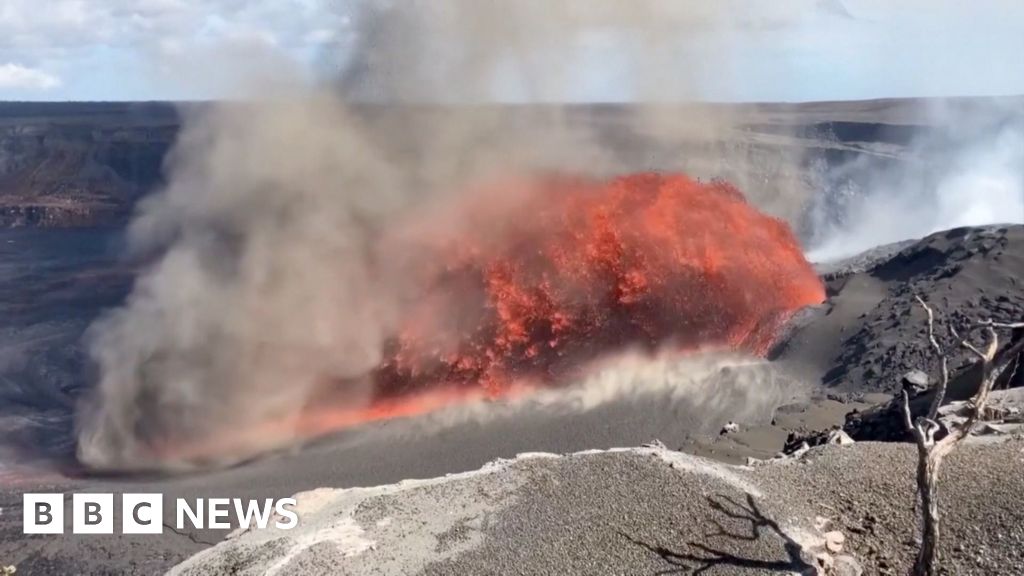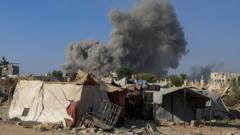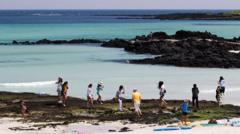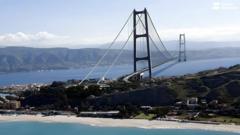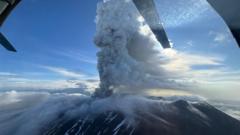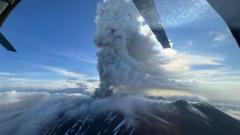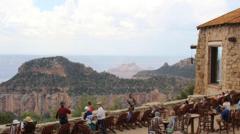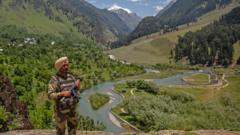Tourists on the scenic expanse of Sicily were caught off guard on Monday when Mount Etna, one of Europe’s most renowned and active volcanoes, erupted, spewing clouds of gas, ash, and rock into the atmosphere. Fortunately, there were no immediate reports of injuries. However, the urgency of the situation was depicted in videos circulating on social media, highlighting hikers hastening their descent from the mountain as volcanic activity intensified.
FlightAware, a flight tracking service, reported that over 20 percent of flights arriving at the adjacent Catania Airport faced delays due to the eruption. Authorities have reassured residents that the local population remains safe, emphasizing that the bursts of volcanic activity were concentrated in the summit region, which had already been closed to tourists. According to the National Institute of Geophysics and Volcanology, the eruptions exhibited “strong intensity,” however, it has since announced on its Facebook page that the recent activity has ceased for now.
Tourism thrives on the island of Sicily, with Mount Etna being a significant attraction drawing millions of visitors each year. Despite the volcano’s unpredictable nature, many tourists frequently underestimate the potential dangers posed by such excursions. The stratovolcano has a history of continuous activity, with lava flows and eruptions occurring with notable frequency. Just several months prior, the mountain experienced a major eruption in February.
Among the visitors was Hannah and Charlie Camper, a couple from England who were staying at Villa Carlino House, located approximately 10 miles from the volcano’s central crater. The couple had been aware of Etna's ongoing activity but felt secure due to its regular eruptions. However, as ash clouds formed near the summit, their uncertainty grew—especially when emergency notifications failed to reach them amid the chaos. “We were waiting to hear something, but nothing came through even though the smoke was getting larger,” Ms. Camper recounted. “At one point, we could even see lava descending the volcano.”
The picturesque island, which gained even more acclaim as the setting for the second season of the popular series “The White Lotus,” has become an increasingly favored destination for travelers. This rise in tourism, however, is shadowed by issues such as extreme heat, wildfires, and critical water shortages impacting the region.
FlightAware, a flight tracking service, reported that over 20 percent of flights arriving at the adjacent Catania Airport faced delays due to the eruption. Authorities have reassured residents that the local population remains safe, emphasizing that the bursts of volcanic activity were concentrated in the summit region, which had already been closed to tourists. According to the National Institute of Geophysics and Volcanology, the eruptions exhibited “strong intensity,” however, it has since announced on its Facebook page that the recent activity has ceased for now.
Tourism thrives on the island of Sicily, with Mount Etna being a significant attraction drawing millions of visitors each year. Despite the volcano’s unpredictable nature, many tourists frequently underestimate the potential dangers posed by such excursions. The stratovolcano has a history of continuous activity, with lava flows and eruptions occurring with notable frequency. Just several months prior, the mountain experienced a major eruption in February.
Among the visitors was Hannah and Charlie Camper, a couple from England who were staying at Villa Carlino House, located approximately 10 miles from the volcano’s central crater. The couple had been aware of Etna's ongoing activity but felt secure due to its regular eruptions. However, as ash clouds formed near the summit, their uncertainty grew—especially when emergency notifications failed to reach them amid the chaos. “We were waiting to hear something, but nothing came through even though the smoke was getting larger,” Ms. Camper recounted. “At one point, we could even see lava descending the volcano.”
The picturesque island, which gained even more acclaim as the setting for the second season of the popular series “The White Lotus,” has become an increasingly favored destination for travelers. This rise in tourism, however, is shadowed by issues such as extreme heat, wildfires, and critical water shortages impacting the region.



